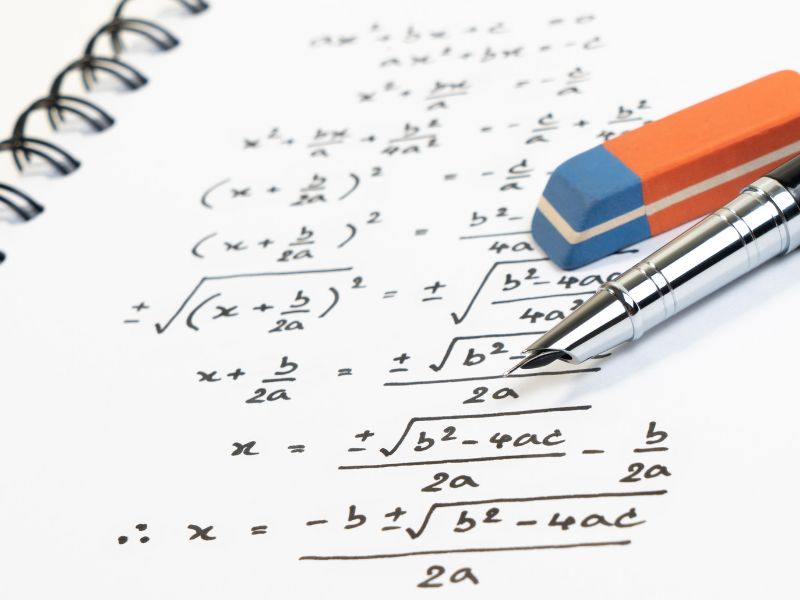
Understanding Fractions
Fractions, those numerical expressions representing the division of one quantity by another, play a crucial role in the SAT Math No Calculator section. Understanding how to manipulate them is key.
Take a problem like 3/4 divided by 2/3. On the surface, it might seem daunting. But remember: dividing by a fraction is the same as multiplying by its reciprocal. This turns our problem into 3/4 * 3/2, simplifying it to 9/8.
But the SAT doesn't just test straightforward fraction arithmetic. It may present you with word problems or problems involving ratios and proportions. Consider a question that asks, "A recipe calls for 2/3 of a cup of sugar for every 1/2 cup of butter. How many cups of sugar are needed if 3/4 cup of butter is used?" These problems test your ability to apply the concept of fractions to real-world situations.
Remember, practice makes perfect. Try solving these problems:
-
Simplify the expression: (4/5) / (6/7).
-
If a car travels 3/4 of a mile every 1/2 hour, how many miles will it travel in 3 hours?
Mastering Percentages
Percentages are everywhere. They help us calculate discounts, understand statistics, and even figure out how much to tip at a restaurant. The SAT Math No Calculator section loves percentages as much as the real world does.
Let's look at a simple example: 15% of 60. Remember that "of" often means "times" in math to solve this. So, 15% of 60 turns into 0.15 times 60, which equals 9.
But percentages on the SAT aren't always that straightforward. You might face problems like, "If a shirt is discounted by 20% and then the discounted price is increased by 20%, is the final price equal to the original price?" Such problems require a deeper understanding of how percentages work.
Ready to flex your percentage muscles? Try solving these problems:
-
What is 25% of 120?
-
After a 15% discount, a pair of shoes costs $85. What was the original price?
Conquering Ratios
Ratios are simply a way to compare quantities. They pop up in the SAT Math No Calculator section, often in the context of word problems.
Take a problem like this: "In a class, the ratio of boys to girls is 3:4. If there are 16 girls, how many boys are there?" You can find 12 boys in the class by setting up a proportion and cross-multiplying.
But ratios on the SAT aren't always as simple as this example. They can be used in more complex problems involving geometry or algebra.
Are you ready to tackle some ratio problems? Give these a shot:
-
The ratio of cats to dogs in a pet store is 2:3. If there are 18 dogs, how many cats are there?
-
A map scale is 1:50000. If two towns are 8cm apart on the map, how far are they apart in real life?
Mastering Basic Algebra
Algebra is the language of mathematics, and understanding it is crucial for success in the SAT Math No Calculator section. It involves working with variables and equations, which can represent real-world problems.
For example, if a problem says, "Find the value of x in equation 3x + 2 = 11," you can solve for x by first subtracting 2 from both sides of the equation, then dividing both sides by 3 to find that x equals 3.
However, the SAT might present you with algebra problems that involve more complex equations, inequalities, or systems of equations.
Are you ready to practice your algebra skills? Try solving these problems:
-
Solve for y: 2y - 3 = 11.
-
Solve the system of equations: x + y = 7, x - y = 3.
Bringing It All Together
Mastering the basics doesn't mean studying fractions, percentages, ratios, and algebra in isolation. These concepts often intermingle on the SAT, challenging you to discern which tools to use and when. A problem might involve converting a fraction to a percentage to compare quantities. Or it might require you to set up an equation based on a given ratio. The key is to recognize the underlying concepts and apply them appropriately. And, utilize as many sat practice tests as possible or alternatively, work with an accomplished SAT Tutoring service to get you up to speed quickly.
